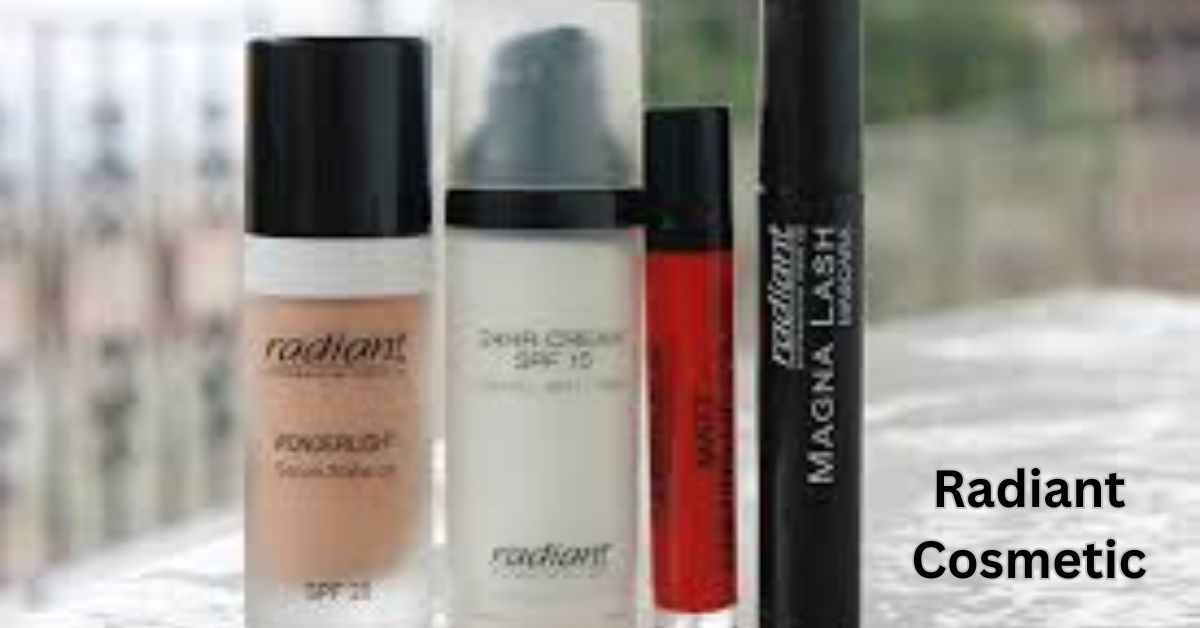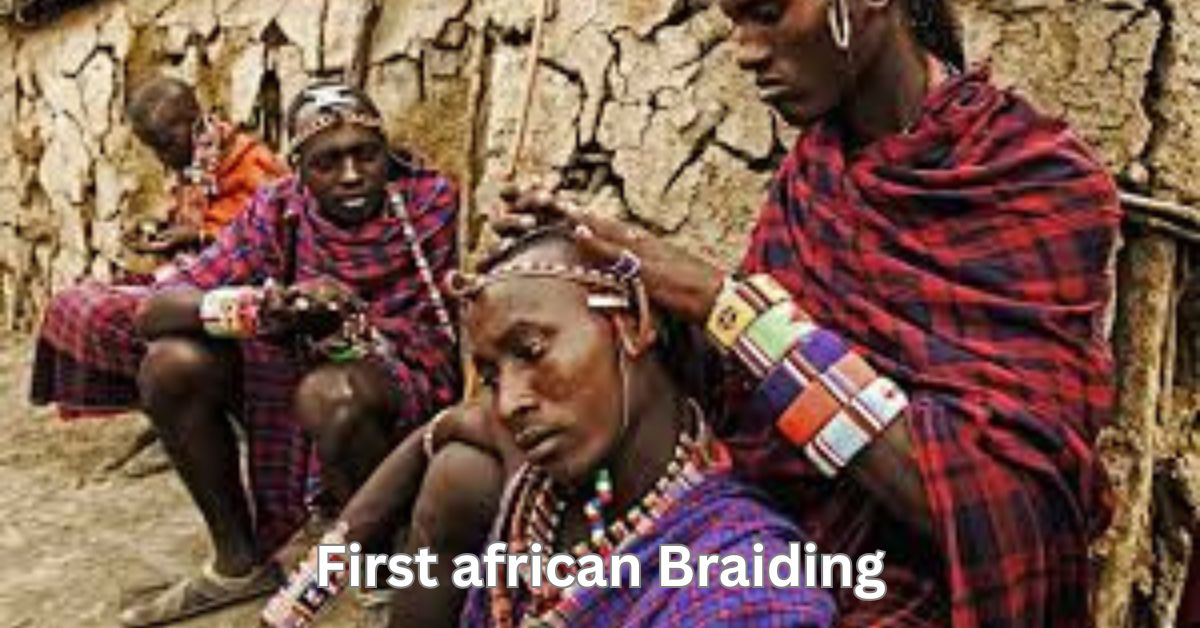FASHION
What Hats Did Kids Wear?
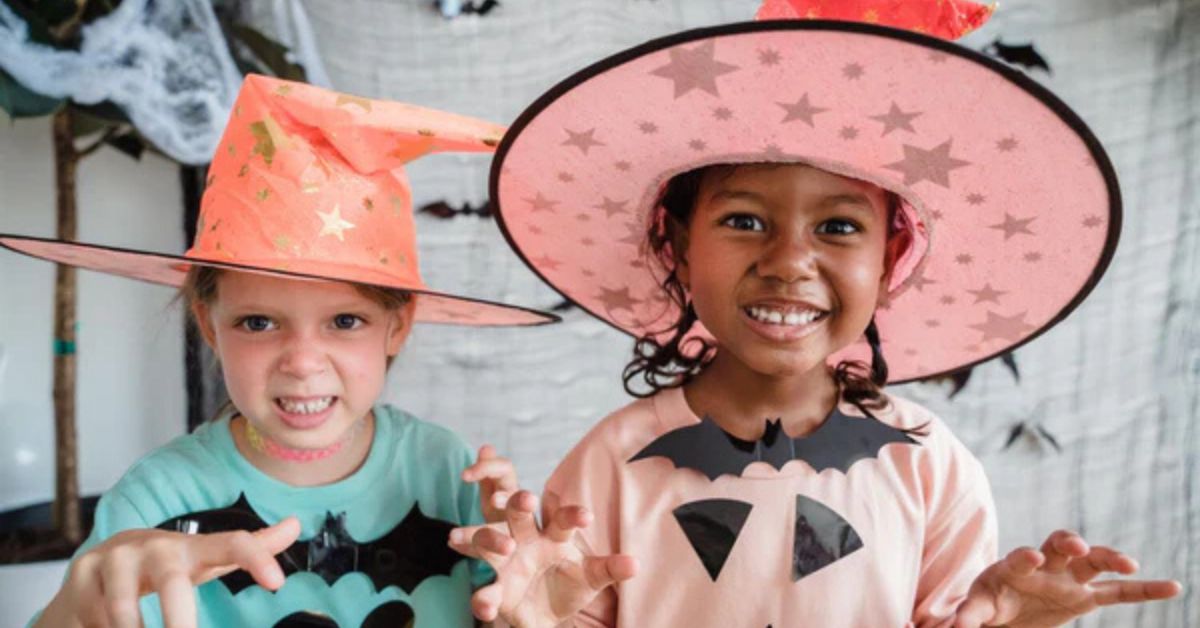
What Hats Did Kids Wear? A Look Into Historical and Modern Styles
What did kids wear for hats? Hats have long been an essential part of children’s fashion, evolving through different time periods, cultures, and trends. From practical headgear for protection to stylish accessories for completing an outfit, kids’ hats have seen many changes over the years. In this article, we will explore the history of hats for children, highlighting the styles they wore through the ages and how they have changed to reflect societal shifts in fashion, function, and culture.
The Early History of Kids’ Hats
The tradition of children wearing hats dates back centuries, and much like adult fashion, children’s headwear evolved as society advanced. In earlier periods, hats were often worn for practical reasons, such as protecting the head from the sun or keeping warm. Over time, hats became more decorative, serving as both a fashion statement and a cultural symbol.
1. Medieval and Renaissance Era
During the Medieval and Renaissance periods, children’s clothing was heavily influenced by social class and practicality. In these times, children were typically dressed in versions of adult clothing, and their hats were no exception.
-
Chaperon: A common headpiece for both boys and girls in the 14th and 15th centuries was the chaperon. The chaperon was a versatile garment that could function as a hat, hood, or even a scarf. It was often made from wool or other warm fabrics, as it was meant to protect children from the cold weather.
-
Hoods and Bonnets: Children during the Renaissance also wore simple hoods or bonnets, particularly girls. These were often made from cloth and tied under the chin for warmth and modesty.
In these early years, children’s hats were not just fashionable—they had functional purposes, especially when it came to providing protection from the elements.
2. The 18th and 19th Centuries
By the time the 18th and 19th centuries rolled around, hats for children started to reflect more distinct styles, influenced by the fashion trends of the adult population.
-
Tricorn and Bicorne Hats: In the 18th century, both boys and girls wore fashionable tricorn (three-cornered) and bicorne (two-cornered) hats. These hats were often part of formal outfits and were worn for special occasions or ceremonies.
-
Bonnet for Girls: For girls, bonnets remained popular throughout the 19th century. These bonnets were typically worn to protect against the sun, and they were often elaborately decorated with ribbons, lace, and other accessories.
-
Top Hats for Boys: During the 19th century, boys’ fashion was heavily influenced by adults, and top hats became a popular style for formal events. As children began to attend school, the top hat also emerged as part of the uniform for young boys in certain regions.
The 20th Century: The Rise of Casual Wear
As we moved into the 20th century, children’s clothing and headwear became increasingly casual, with fashion influenced by trends from around the world.What did kids wear for hats. The practical function of hats still remained, but they began to reflect the changing lifestyles of children as they became more active and independent.
1. 1920s to 1940s: The Classic Hat Styles
In the early 20th century, children began to wear more practical hats that reflected the growing importance of leisure and outdoor activities.
-
Cloth Caps: Boys’ headwear during this time was often comprised of cloth caps, such as the newsboy cap. These caps were made from tweed or wool and were often worn by children in working-class families. The newsboy cap became synonymous with youth and innocence during this period.
-
Sun Bonnets and Straw Hats: Girls, on the other hand, wore lightweight bonnets made from cotton or straw, ideal for keeping the sun off their faces during outdoor activities. These bonnets were often paired with summer dresses and were primarily worn during the warmer months.
-
Berets: In the 1930s and 1940s, berets became a fashionable hat for both boys and girls. These woolen hats were popular in Europe and became a symbol of European childhood fashion. Berets were often worn as part of a school uniform or for more casual outings.
2. 1950s to 1970s: A Decade of Innovation in Children’s Fashion
The mid-20th century saw a huge shift in children’s fashion, as postwar prosperity allowed for more variety in clothing and accessories.
-
Pillbox Hats for Girls: In the 1950s, pillbox hats, which were often worn by women during this period, were adapted for young girls. These small, rounded hats were typically worn with fancy dresses and were part of the formal wear for children attending parties or special events.
-
Bucket Hats and Caps: The 1960s and 1970s saw the rise of bucket hats and baseball caps. These hats were practical and served to shield children from the sun, especially in outdoor activities or sporting events. Baseball caps, in particular, became a popular choice for boys, associated with youth sports culture and casual weekend outings.
-
Sun Hats: For girls, wide-brimmed sun hats made from straw or fabric became a go-to accessory for outdoor play and family outings. These hats offered both protection from the sun and a touch of femininity to their outfits.
The Modern-Day: Trends and Practicality
As we moved into the late 20th and early 21st centuries, hats for children became more diverse and fashion-forward. Today, kids wear hats for a wide variety of reasons, from fashion and trends to sun protection and comfort.
1. Sports Caps and Beanies
In the modern-day, sports caps—especially baseball caps—have remained a staple of children’s wardrobes. These hats are often decorated with logos, sports teams, or favorite characters, making them both fashionable and functional.
-
Baseball Caps: These continue to be among the most popular hats for kids, whether they are worn during sports activities or as part of a casual outfit. Baseball caps are available in various styles, including snapbacks, fitted caps, and adjustable options to ensure comfort for kids of all ages.
-
Beanies: In colder climates, beanies have become a must-have accessory for children. These knitted hats are perfect for keeping kids warm during the winter months and are often worn with casual attire. Beanies are popular among both boys and girls and are available in many different colors, patterns, and designs.
2. Fashionable Hats and Accessories for Kids
In today’s fashion-driven world, hats for kids are more about style than practicality. Many children now wear hats to make a fashion statement or to match their favorite outfits.
-
Fedora and Trilby Hats: While traditionally adult headwear, fedoras and trilby hats have become stylish accessories for kids, especially for those attending formal events like weddings or parties. These hats add a touch of sophistication to children’s fashion, with many made from felt or straw materials.
-
Floppy Hats: For girls, floppy hats have become popular for both casual and dressy occasions. These hats are often worn during summer holidays, beach trips, or at outdoor events. The wide brim provides sun protection while adding an elegant flair to outfits.
-
Animal Hats: In recent years, fun and quirky animal hats have gained popularity. These hats often feature animal ears, faces, or fur, making them popular with younger children. Animal hats are often worn in colder weather to keep children warm, while also offering a fun, playful look.
3. Functionality and Health Considerations
In today’s world, sun protection has become an important consideration in children’s clothing. As a result, many modern hats for kids come with built-in UV protection, designed to shield their faces and necks from harmful sun exposure.
-
Wide-Brimmed Hats: Parents are increasingly opting for wide-brimmed hats to protect their children from the sun. These hats offer full coverage and are perfect for outdoor activities, such as hiking, beach days, and sporting events.
-
Sun Hats with UPF: Today, many hats designed for children come with UV protection fabric to safeguard young skin from sunburns. These hats are especially important for children who spend extended periods outdoors.
Conclusion: The Evolution of Kids’ Hats
What did kids wear for hats. Hats for children have undergone a significant transformation over the years. From simple, practical headwear to fashionable accessories, kids’ hats have mirrored changing trends, cultural influences, and the growing importance of personal expression. Whether used for warmth, sun protection, or as a fashion statement, hats remain an essential part of children’s wardrobes.
As we move forward, it’s clear that the diversity and versatility of children’s hats will continue to evolve, with an increasing focus on functionality, comfort, and, of course, fun! So whether your child is sporting a classic baseball cap, a quirky animal hat, or a stylish wide-brimmed sun hat, it’s clear that kids’ hats are here to stay.
FASHION
Radiant Cosmetic: Unveiling the Glow Within
FASHION
Streetwear Chic: Where Urban Style Meets High Fashion
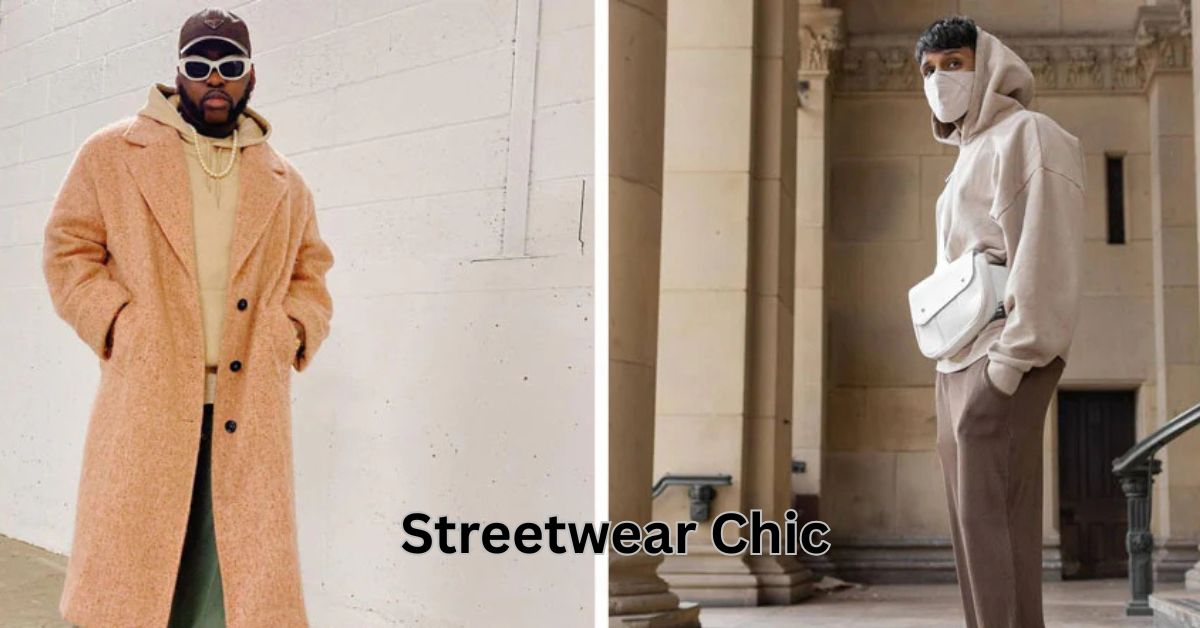
Streetwear Chic: Where Urban Style Meets High Fashion
The fashion industry has undergone significant transformations over the past few decades. One of the most notable trends in recent years is the emergence of streetwear chic — a fusion of urban style and high fashion that has taken the world by storm. Originally rooted in skate culture, hip-hop, and youth rebellion, streetwear has evolved into a global fashion phenomenon, influencing everything from runway shows to everyday street fashion. This article delves into the essence of streetwear chic, how it blends casual and couture, and why it has become a significant force in the fashion industry.
What is Streetwear Chic?
Streetwear chic is a fashion style that merges the laid-back, comfortable vibe of streetwear with the sophisticated, polished elements of high fashion. The term “chic” denotes a certain level of elegance and refinement, which is often associated with the world of couture and high-end fashion. When combined with streetwear, this creates a unique juxtaposition of casual comfort and elevated aesthetics.
Streetwear traditionally revolves around items like graphic t-shirts, oversized hoodies, sneakers, and baseball caps. These pieces are typically made from simple, durable materials, designed for ease of movement and comfort. On the other hand, high fashion often includes tailored suits, luxurious fabrics, and avant-garde designs. Streetwear chic blends these two worlds, combining casual street fashion elements with the polished sophistication and innovative designs characteristic of high fashion.
The Evolution of Streetwear
To understand the impact of streetwear chic, it’s essential to trace the evolution of streetwear itself. Streetwear originated in the 1980s and 1990s as a subculture born from the streets of New York City and Los Angeles. Influenced by skate culture, hip-hop, and graffiti art, streetwear began as a way for young people to express their individuality and rebellion against mainstream fashion. Iconic brands like Supreme, BAPE, and Stüssy emerged during this period, offering casual wear that resonated with a younger, urban demographic.
The term “streetwear” gained even more prominence when fashion designers and celebrities began adopting the style. In the 2000s, hip-hop artists such as Jay-Z and Kanye West popularized streetwear through their music, fashion choices, and collaborations with major brands. This led to the rise of streetwear’s influence in the mainstream fashion industry, which eventually gave birth to streetwear chic.
In recent years, high-end fashion houses such as Louis Vuitton, Gucci, and Balenciaga have incorporated streetwear-inspired elements into their collections. The collaboration between luxury brands and streetwear labels has created an intersection where street fashion and haute couture meet, giving birth to a new kind of fashion movement — one that is both accessible and aspirational.
Key Elements of Streetwear Chic
1. Sneakers: The Foundation of Streetwear
Sneakers have long been a cornerstone of streetwear fashion, and in the world of streetwear chic, they play a pivotal role. High-end sneakers, like those produced by Balenciaga, Nike, and Adidas, have become a must-have accessory, not only for their functionality but also for their style. The influence of streetwear on luxury footwear is undeniable, with many high-fashion brands now incorporating sneakers into their collections.
What makes sneakers so integral to streetwear chic is their versatility. They can be paired with a variety of looks, from oversized hoodies to tailored suits. Their comfort and casual vibe offer a refreshing contrast to the often stiff and formal nature of traditional high fashion. As a result, sneakers in streetwear chic are often seen as a bridge between the streets and the runway, offering a fresh, edgy take on high-end fashion.
2. Oversized Silhouettes
Another defining feature of streetwear chic is the oversized silhouette. This includes baggy t-shirts, oversized jackets, and relaxed-fit pants. While this style has its roots in the comfort-driven fashion of streetwear, it has been adopted by high-fashion designers who see the appeal of oversized garments as both practical and stylish.
For streetwear chic, oversized silhouettes are often balanced with tailored elements to create a more refined look. For instance, pairing an oversized hoodie with a tailored blazer or wide-leg pants with a cropped jacket creates a look that is relaxed yet elevated. This balance between comfort and sophistication is what makes streetwear chic so appealing to a wide range of fashion lovers.
3. Graphic Tees and Hoodies
Graphic t-shirts and hoodies are iconic elements of streetwear, often featuring bold logos, statements, or artwork. In streetwear chic, these casual staples are elevated by incorporating high-quality fabrics, artistic designs, and even collaborations with luxury brands or well-known artists. High-fashion labels like Givenchy, Vetements, and Off-White have embraced the graphic tee and hoodie, infusing them with their signature aesthetics.
The key to making graphic tees and hoodies work in a streetwear chic context is the pairing. While these items are inherently casual, pairing them with more formal pieces — such as a blazer or tailored trousers — can elevate the look to a more polished level. This juxtaposition of casual and formal is what defines streetwear chic as a modern, dynamic style.
4. Luxury Collaborations
The rise of luxury collaborations has played a significant role in the rise of streetwear chic. When high-end fashion houses collaborate with streetwear brands, the results are often groundbreaking, offering consumers a chance to wear pieces that fuse luxury with urban style. Examples of this include Louis Vuitton’s collaboration with Supreme, Adidas’ partnership with Yeezy (Kanye West’s brand), and Balenciaga’s street-inspired designs.
These collaborations bring the worlds of streetwear and high fashion closer together, making streetwear chic an aspirational yet attainable look. By incorporating elements of streetwear into their collections, luxury brands can reach younger, more diverse audiences while also providing their existing customers with fresh, innovative designs.
How to Achieve the Streetwear Chic Look
Achieving the perfect streetwear chic look involves balancing casual comfort with sophisticated styling. Here are some tips for creating your own streetwear chic outfit:
1. Mix High and Low Fashion
One of the fundamental principles of streetwear chic is the combination of high and low fashion. Don’t be afraid to mix designer pieces with streetwear staples. For example, pair a Gucci hoodie with Levi’s jeans or an Off-White graphic tee with Nike sneakers. This approach creates a sense of effortless style, where high-end items and casual wear complement each other.
2. Focus on Fit
While oversized clothing is a defining characteristic of streetwear chic, it’s important to maintain balance in the fit of your outfit. If you’re wearing oversized pants or a large jacket, make sure the rest of your outfit is more fitted to prevent looking overly bulky. Tailored jackets or skinny jeans can work wonders when paired with loose streetwear items.
3. Accessorize with Statement Pieces
Accessories are key to completing any streetwear chic look. Opt for bold, statement accessories like designer handbags, chunky sneakers, or oversized hats. These accessories can help elevate the overall vibe of your outfit, making it look more high-fashion without compromising on comfort.
4. Embrace Bold Colors and Prints
Streetwear chic often incorporates bold colors, graphic prints, and striking patterns. Don’t shy away from using color and prints to make a statement. Whether it’s a bright graphic t-shirt, a patterned hoodie, or colorful sneakers, bold items can bring personality and energy to your outfit.
Why Streetwear Chic is Here to Stay
Streetwear chic’s isn’t just a passing trend; it’s a reflection of how fashion has evolved to meet the demands of modern consumers. This fusion of comfort, luxury, and individuality aligns with today’s desire for authenticity and self-expression. The fashion world’s embrace of streetwear elements signifies a shift toward inclusivity, where fashion no longer has rigid boundaries and is more accessible to a wider audience.
Moreover, as the lines between high fashion and streetwear continue to blur, streetwear chic allows individuals to create unique, personal looks that combine both sophistication and casual ease. It’s a style that adapts to a variety of lifestyles, making it not just a fashion statement, but also a lifestyle choice.
Conclusion
Streetwear chic’s is more than just a fashion trend; it’s a revolution in the way we think about clothing. By blending the laid-back, youthful elements of streetwear with the elegance and sophistication of high fashion, streetwear chic’s has created a dynamic and exciting new aesthetic. With its focus on comfort, individuality, and creativity, it’s no surprise that streetwear chic has become a global fashion movement. Whether you’re pairing oversized sweatshirts with luxury accessories or mixing graphic tees with tailored pieces, streetwear chic is all about expressing your unique style while embracing both comfort and couture.
FASHION
First African Braiding: Embracing Heritage Through Stylish Braids
-

 TECHNOLOGY3 months ago
TECHNOLOGY3 months agoWhat happened to spank bang
-

 ENTERTAINMENT3 months ago
ENTERTAINMENT3 months agoWhat Is JerkMate? Exploring the Features and Purpose
-
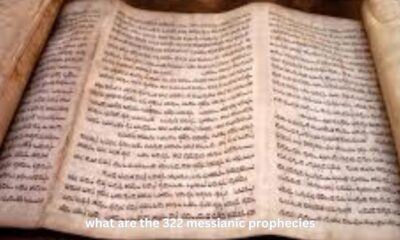
 GENERAL3 months ago
GENERAL3 months agoUnveiling the 322 Messianic Prophecies: A Deep Dive
-
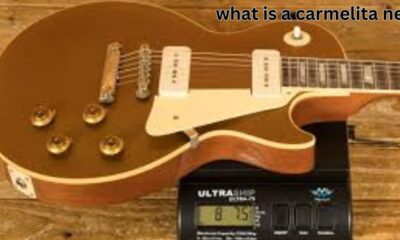
 FASHION3 months ago
FASHION3 months agoUnderstanding the Carmelita Neck: A Unique Fashion Detail
-
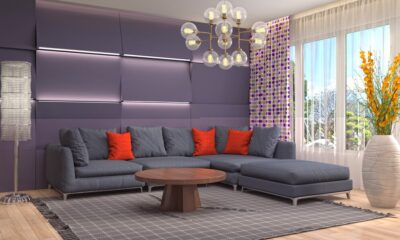
 FASHION3 months ago
FASHION3 months agoDebonair blog:The Art of Stylish Living
-

 ENTERTAINMENT3 months ago
ENTERTAINMENT3 months agoDrake Exposed: The Untold Truth Behind the Music and Fame
-

 BUSNIESS3 months ago
BUSNIESS3 months agoCrypto FintechZoom: Navigating the Future of Digital Finance
-

 ENTERTAINMENT3 months ago
ENTERTAINMENT3 months agoWhat Does It Mean to Be a Scratch Golfer?

